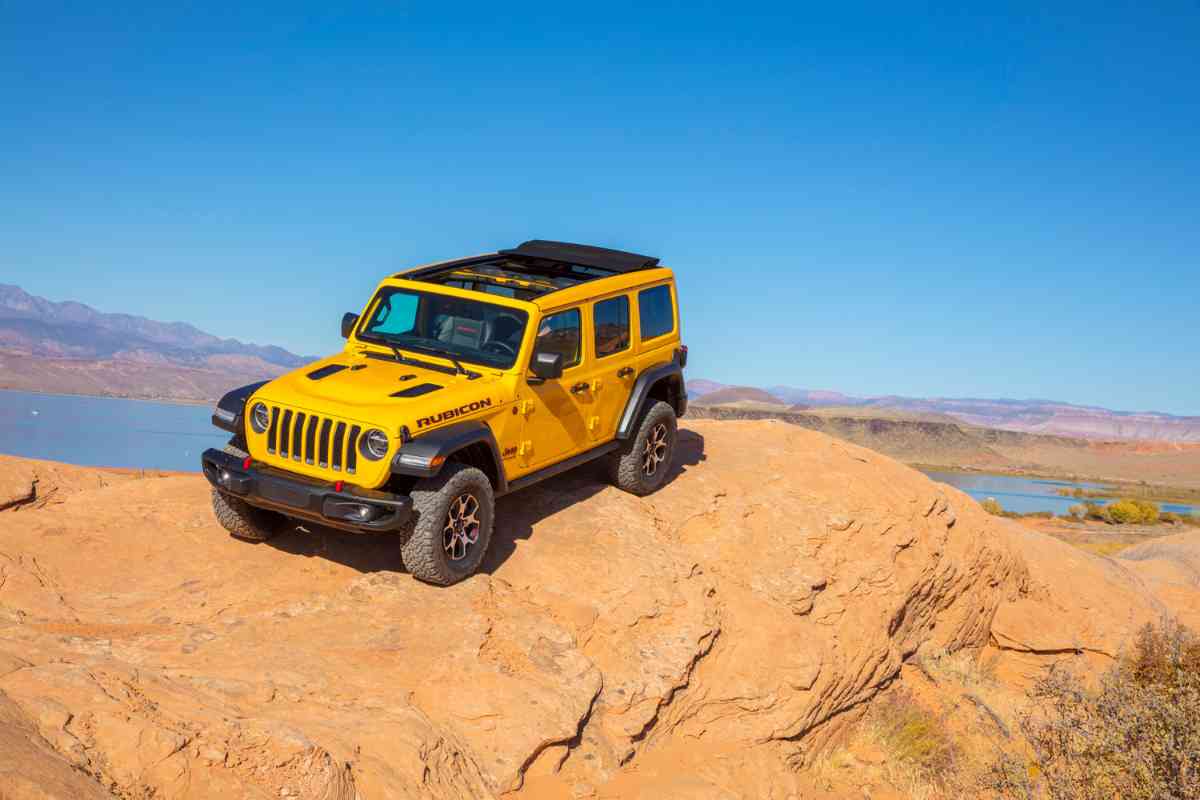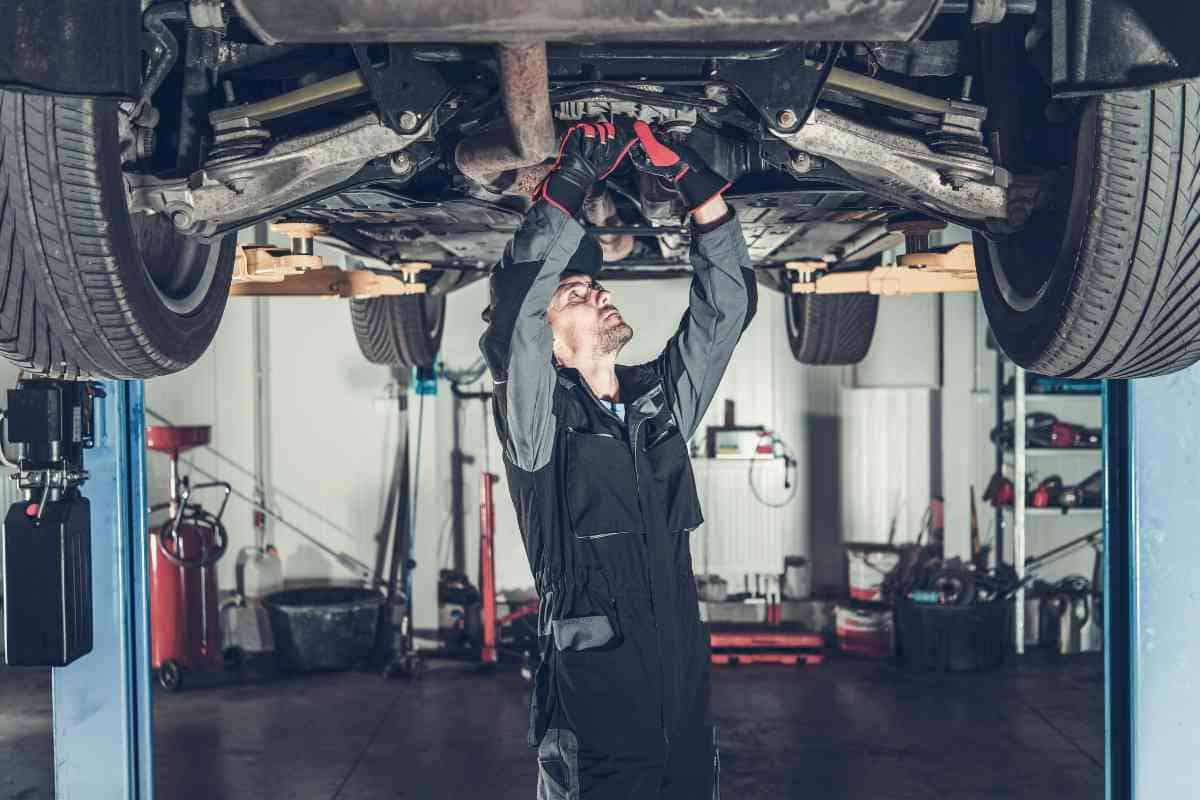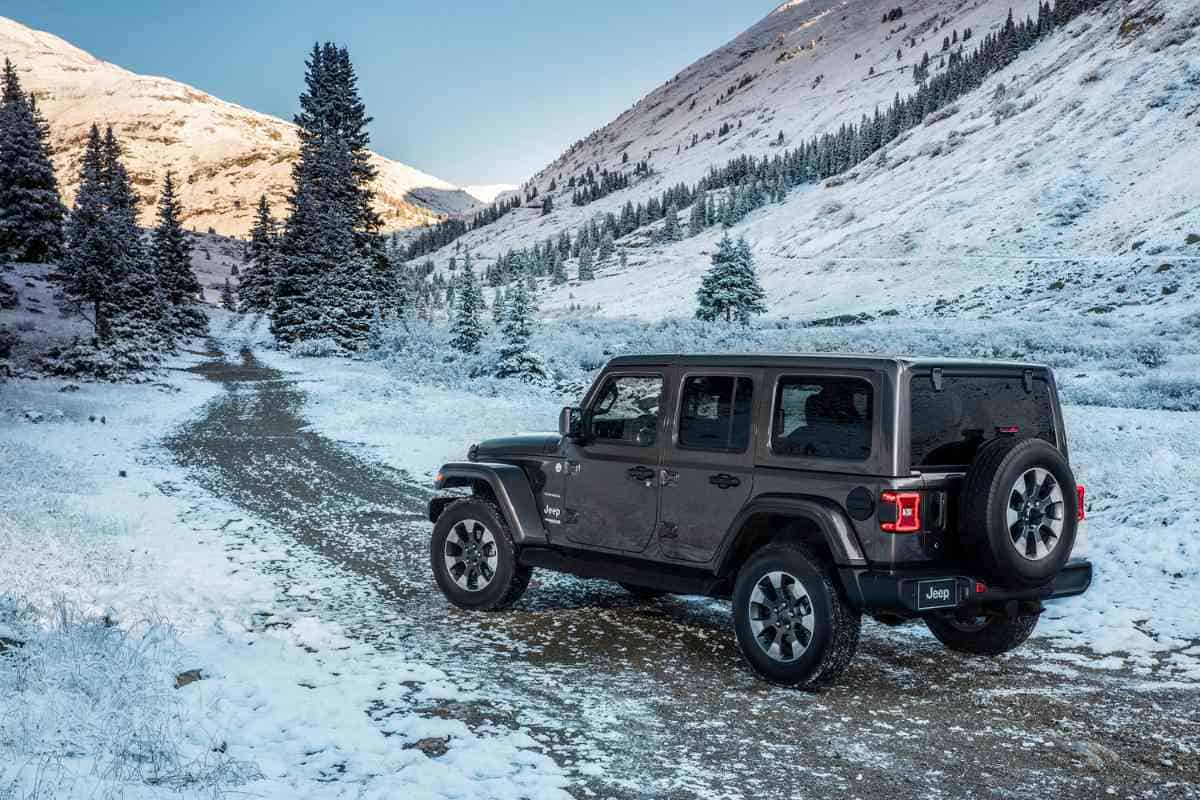Jeep CJ, YJ, And XJ Shackle Flip Suspension Lift Explained
If you are passionate about Jeeps, you must have heard about a shackle flip. But what is a shackle flip? Let’s find out.

What’s a shackle flip?
The shackle flip is a type of suspension lift that applies to select Jeep CJ, YJ, and XJ models. The flip works by swapping the forward shackles on the suspension with longer units or brackets set further back, allowing for higher levels of clearance with minimal alteration to other parts.
As Jeep enthusiasts, we receive such questions on a daily basis. As much as we like answering these questions, we believe imparting the right knowledge to our readers is important.
In the following paragraphs, we will educate you on a shackle and how to lift a truck, especially regarding shackles.
What Is a Shackle?
Shackles are the leaf spring suspension components connecting your vehicle’s frame to the springs.
They have various functions, such as enabling the springs to move freely to absorb any uneven terrains and shocks.
Furthermore, they are connected with the help of an eye spring bolt that allows them to maintain tension while keeping the assembly together correctly for better stability and handling.
Shackles are useful because they can be relatively affordable compared to other suspension components, which makes it easy to replace worn-out parts in most vehicles.
Moreover, these improvements can help make your ride safer, thus providing superior driving experiences over rough roads if correctly installed.
All in all, these components provide a cheaper solution for improving performance and safety while elongating the life of your Jeep’s leaf spring system.
Ways to Lift Your Jeep/Truck

Shackle Flip
Shackle flip, or a shackle reversal, involves flipping or suspending the shackles of a suspension system to lift the Jeep’s body by several inches, giving it a rather aggressive stance and enhanced ground clearance.
The procedure is simple and straightforward. It involves the removal of the shackle flip bracket from its mounting position, then shifting the bushing it up towards its eyelet.
This will cause tension on the spring, increasing it to lift the vehicle’s axle and body. Depending on how far you pull your bushing, you can add an extra 3-6 inches to your lift.
Moreover, because of all of the needed hardware and miscellaneous components that come with suspension systems, it’s much easier to get professional results by following all the instructions.
Ultimately, with this technique, you’ll be able to give your Jeep an improved look while maximizing its performance and maneuverability both on-road and off-road.
Longer Shackles
Longer shackles might be the perfect solution if you’re looking for ways to enhance your Jeep or truck’s ground clearance.
While a suspension lift offers an increased height and off-roading capability, it also increases the vehicle’s cost and, most importantly, weight.
Installing longer shackles is a much easier and cheaper approach that increases ground clearance, which allows you to traverse bigger hurdles.
When installing longer shackles, selecting the ones that match the original size and shape is essential to prevent them from exceeding their rated capacity or causing handling issues like rollover risk.
It’s also important to install shocks rated for your vehicle’s increased height after installing the longer shackles.
If you take proper care when selecting parts, you can use longer shackles to lift your Jeep or truck, thus avoiding some of the costs of a suspension lift.
With a few modifications, you’ll soon notice an improvement in your Jeep’s off-road performance and capability. Knowing this will give you extra confidence no matter where your adventures take you!

Shackle Angles
When it comes to lifting your Jeep, shackle angles are an important factor you cannot skimp on. These angles help determine how much lift your Jeep as – if it is too low, you won’t get the right effect.
Your suspension system could be over-stressed. The shackle angle is different for every Jeep make and model and the weight you carry.
To find the correct shackle angle, start by ensuring that it is located at a 90-degree angle from the spring eyes of your leaf spring suspension. This will allow great flexibility without over-stressing any of your suspension components.
From there, you can slowly adjust shackle angles to figure out whether more lift or less lift is needed until you have a comfortable height and quality performance from your vehicle’s suspension.
With shackle angles adjusted, you can enjoy increased clearance, better handling, and a smooth ride regardless of how much weight you carry.
Paying attention to shackle angles can go a long way toward maintaining optimal performance in both off-road conditions and everyday driving scenarios!
Downsides of Longer Shackles
Longer shackles in a Jeep can benefit off-roaders, allowing them to raise ride height in the suspensions to make extra room for bigger tires. However, issues can pop up due to the increased spring rate accompanying longer shackles.
A Jeep’s springs are made for absorbing shocks and providing stability by holding the body at its correct ride height; however, when the shackle links increase in length, the spring rate drastically decreases, resulting in a bumpier ride, especially on rougher terrain.
This lower spring rate keeps the shocks from absorbing impact and causing excessive bouncing throughout rides because of insufficient dampening.
For drivers seeking better ground clearance from longer shackles, such a turbulent ride can be a major deal-breaker that must be factored in.
Luckily, problems with a decreased spring rate can be minimized by obtaining the right shocks specifically made for longer shackles.
With these things in mind, Jeep drivers shopping around for their suspension options should be cautious before opting for bigger shackles.
By understanding the issues associated with longer shackles and taking precautionary measures to avoid them, individuals may ultimately ensure that their off-roading experience is hassle-free and enjoyable.
Key Takeaways
- A shackle flip is when the shackles and the suspicions are pushed downwards to raise the body.
- You can also do so through shackle angles and by using longer shackles.
- When using longer shackles, remember that it can lead to a tipsy and turbulent ride.
